
When managing a golf course, it’s important to be prepared for the unexpected, especially when it comes to water. You never know when something like a pipe failure, a fire, or in most cases, lack of rainfall, will affect your course’s water supply. Since a golf course uses, on average, about
312,00 gallons of water per day, it’s best to create a water-management plan. In fact, it’s often required by the state for courses to have this. If you wait until a drought occurs, you’re too late. Your course will need to have reduced water use long before your area is actually in a drought.
 From land clearing to create them to the regular application of pesticides to keep them looking great, golf courses take their toll on the environment. And when you consider that studies indicate that up to 70% of U.S. consumers prefer doing business with eco-friendly brands—going green isn't just good for the environment, it's also good for business. The good news is that there are plenty of ways you can adjust the way your golf course operates to reduce its carbon footprint and its impact on the environment. Let’s examine ways to make your golf course more sustainable.
From land clearing to create them to the regular application of pesticides to keep them looking great, golf courses take their toll on the environment. And when you consider that studies indicate that up to 70% of U.S. consumers prefer doing business with eco-friendly brands—going green isn't just good for the environment, it's also good for business. The good news is that there are plenty of ways you can adjust the way your golf course operates to reduce its carbon footprint and its impact on the environment. Let’s examine ways to make your golf course more sustainable.


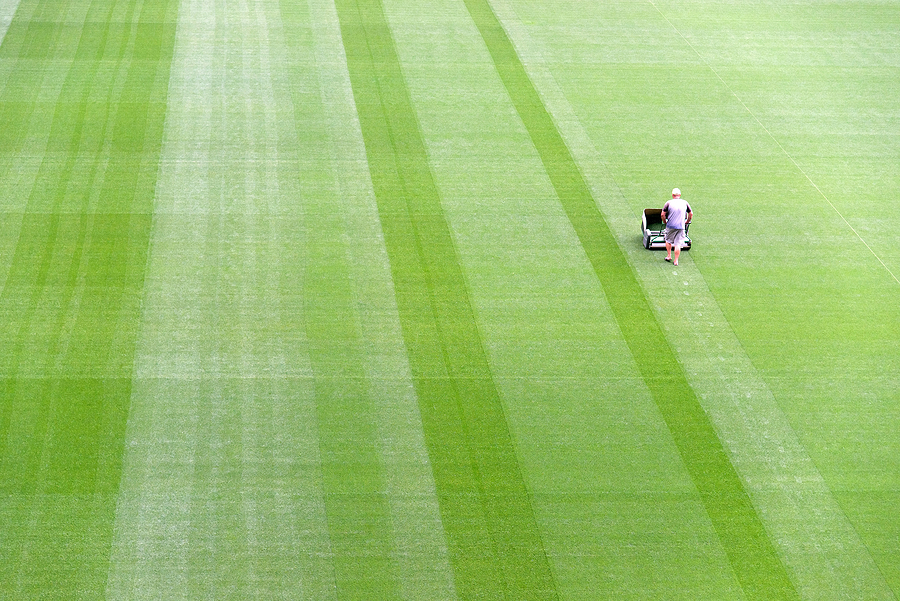
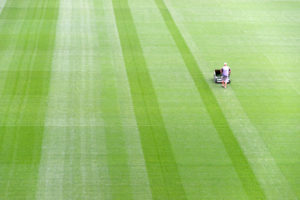 Behind any green, luscious and healthy field of natural grass turf, there's a dedicated management crew that's tasked with maintaining it so it's picture perfect anytime there's a game scheduled. And proper care and maintenance is no easy task in a perfect world, but it can become even more difficult when various intangibles are at play. In this post, we're going to discuss some of the key athletic field care challenges that turf management professionals regularly encounter on
Behind any green, luscious and healthy field of natural grass turf, there's a dedicated management crew that's tasked with maintaining it so it's picture perfect anytime there's a game scheduled. And proper care and maintenance is no easy task in a perfect world, but it can become even more difficult when various intangibles are at play. In this post, we're going to discuss some of the key athletic field care challenges that turf management professionals regularly encounter on 
 Nobody wants to play golf on a course that’s brown or patchy with grass. And while some turfgrass care tips are obvious (i.e., watering and fertilizing), there are some other hacks that groundskeepers have picked up along the way. Let’s take a closer look at some of the turfgrass tips you need to know—from the basics to some other pointers you may not have heard of.
Nobody wants to play golf on a course that’s brown or patchy with grass. And while some turfgrass care tips are obvious (i.e., watering and fertilizing), there are some other hacks that groundskeepers have picked up along the way. Let’s take a closer look at some of the turfgrass tips you need to know—from the basics to some other pointers you may not have heard of.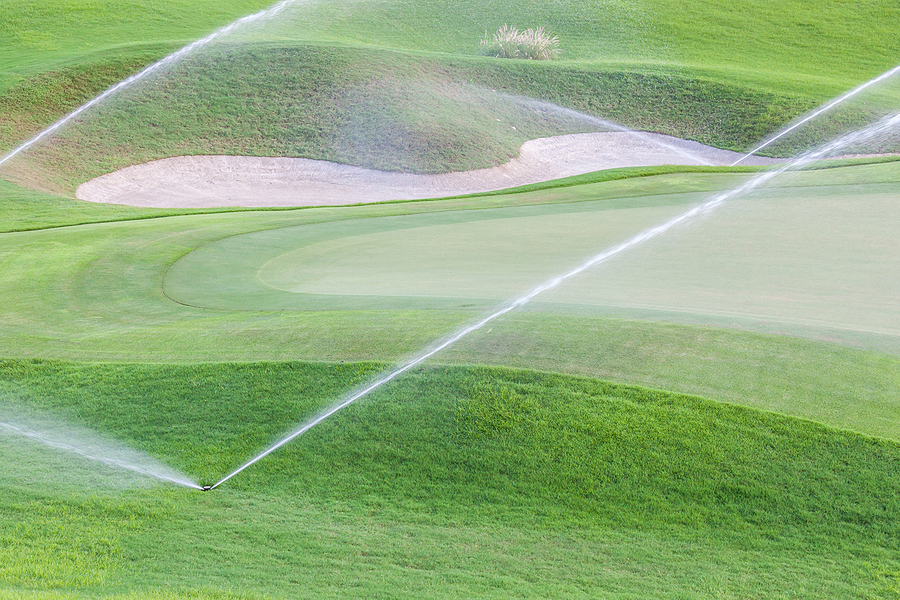
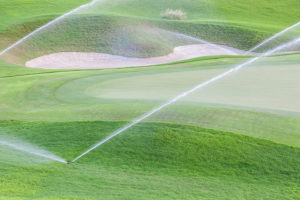 As the winter weather rolls in and all of us that reside in colder temps take a break from outdoor turfgrass management, it doesn’t mean it’s the time to get lazy. There is work that can be performed indoors and research that can be done to prepare for the upcoming spring. And when it comes to turfgrass, the work to create ideal turfgrass never stops!
As the winter weather rolls in and all of us that reside in colder temps take a break from outdoor turfgrass management, it doesn’t mean it’s the time to get lazy. There is work that can be performed indoors and research that can be done to prepare for the upcoming spring. And when it comes to turfgrass, the work to create ideal turfgrass never stops!
 Though the bodies of water across a golf course are beautiful to look at, most golfers try to avoid them at all costs. For Superintendents, they are something they definitely can NOT avoid. They are an aspect of the course that requires constant attention, care and maintenance—ensuring that the water is clean and the quality high. The struggle lies in that it’s not easy or cheap to accomplish this, but it’s unavoidable.
Though the bodies of water across a golf course are beautiful to look at, most golfers try to avoid them at all costs. For Superintendents, they are something they definitely can NOT avoid. They are an aspect of the course that requires constant attention, care and maintenance—ensuring that the water is clean and the quality high. The struggle lies in that it’s not easy or cheap to accomplish this, but it’s unavoidable. 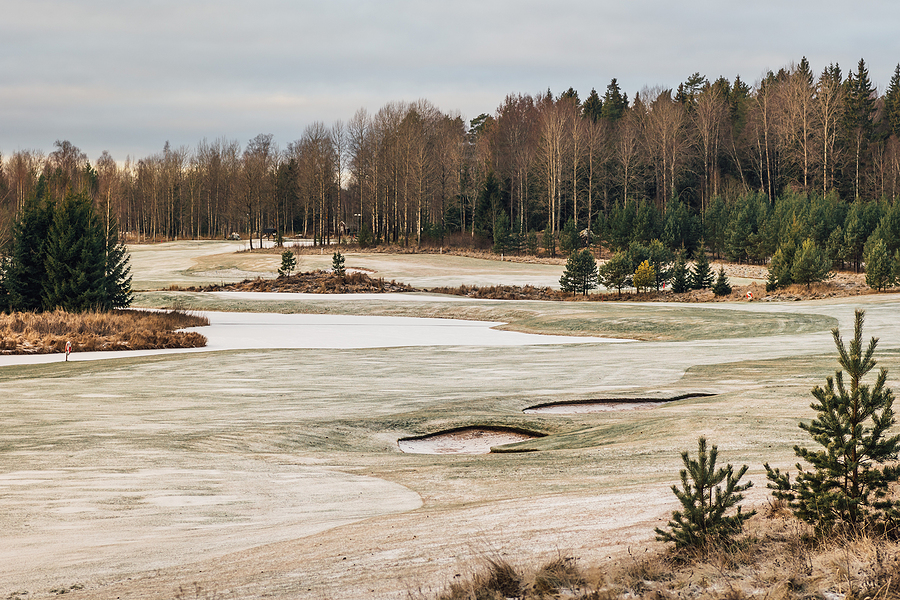
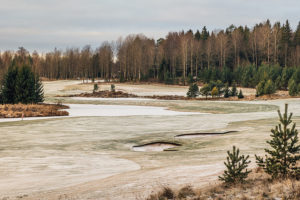 Winter is just around the corner, so as course traffic begins to slow for many clubs in the North, that doesn’t mean the course maintenance does. If you think about it, during the prime golfing season, a super’s focus is on general course maintenance and making sure daily play is the best it can be. But during the months when it’s too cold for golfing, this is the time to catch up, get organized and start planning for the next year. Here are some suggestions to help you be prepared come spring. Can you check all of these off your list?
Winter is just around the corner, so as course traffic begins to slow for many clubs in the North, that doesn’t mean the course maintenance does. If you think about it, during the prime golfing season, a super’s focus is on general course maintenance and making sure daily play is the best it can be. But during the months when it’s too cold for golfing, this is the time to catch up, get organized and start planning for the next year. Here are some suggestions to help you be prepared come spring. Can you check all of these off your list? 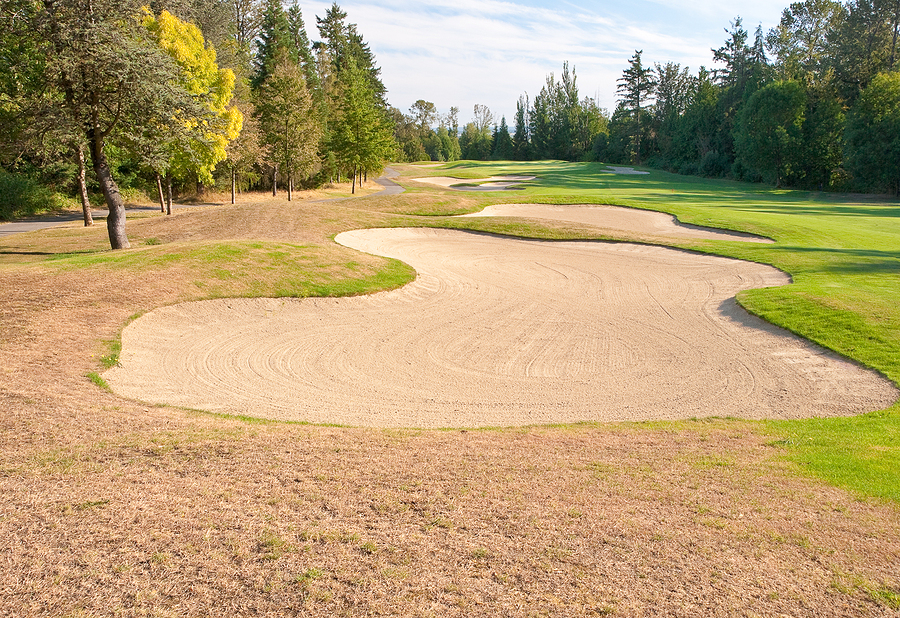
 When managing a golf course, it’s important to be prepared for the unexpected, especially when it comes to water. You never know when something like a pipe failure, a fire, or in most cases, lack of rainfall, will affect your course’s water supply. Since a golf course uses, on average, about
When managing a golf course, it’s important to be prepared for the unexpected, especially when it comes to water. You never know when something like a pipe failure, a fire, or in most cases, lack of rainfall, will affect your course’s water supply. Since a golf course uses, on average, about 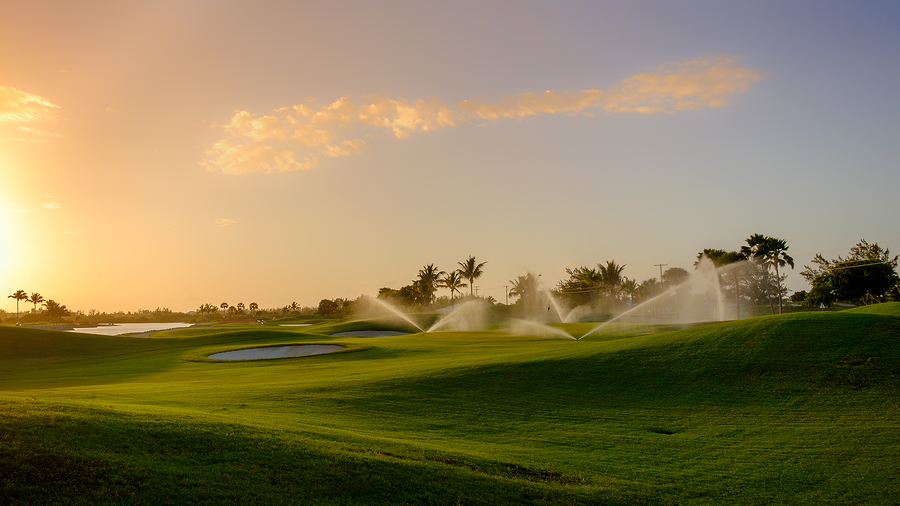
 For golf course superintendents, the number one priority is to provide golfers with the best possible playing conditions. And as we all well know, that is no easy feat especially when it comes to turf management. Your course’s irrigation system plays a huge part in that. The challenge lies in the fact that it is probably the most expensive investment on a golf course but it can have the biggest impact. When considering making upgrades to your course’s irrigation system, it’s important to understand what’s really involved. Here’s a glimpse at the reality.
For golf course superintendents, the number one priority is to provide golfers with the best possible playing conditions. And as we all well know, that is no easy feat especially when it comes to turf management. Your course’s irrigation system plays a huge part in that. The challenge lies in the fact that it is probably the most expensive investment on a golf course but it can have the biggest impact. When considering making upgrades to your course’s irrigation system, it’s important to understand what’s really involved. Here’s a glimpse at the reality. 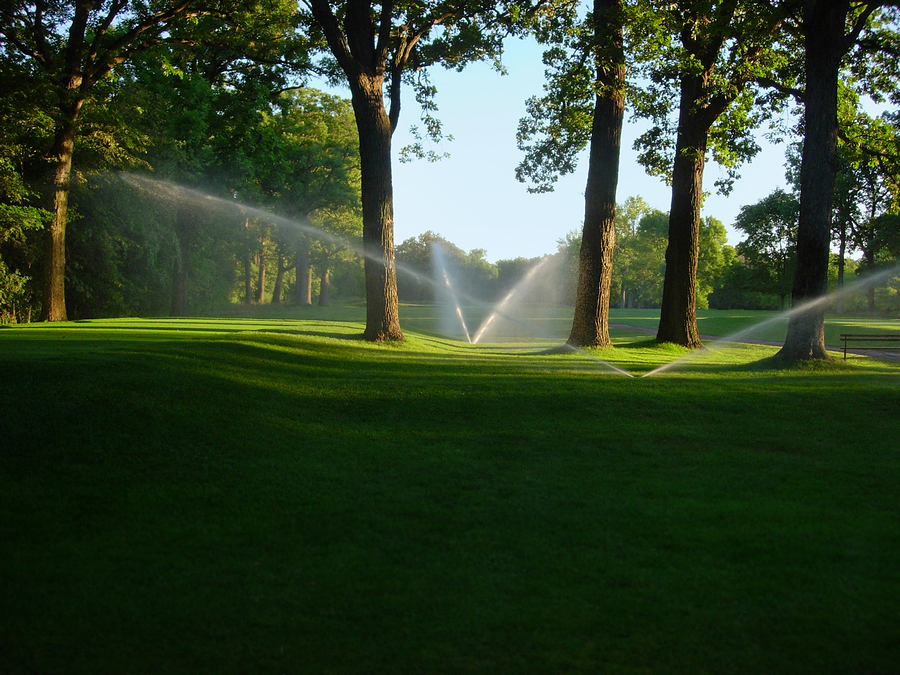
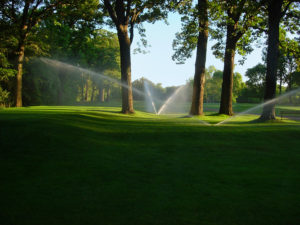 Though we like salt on our food and on snowy streets, one place you don’t want to find high levels of salt is on a golf course green. However, it’s a common golf course enemy due to the increased use of recycled water in recent years. In fact, according to
Though we like salt on our food and on snowy streets, one place you don’t want to find high levels of salt is on a golf course green. However, it’s a common golf course enemy due to the increased use of recycled water in recent years. In fact, according to 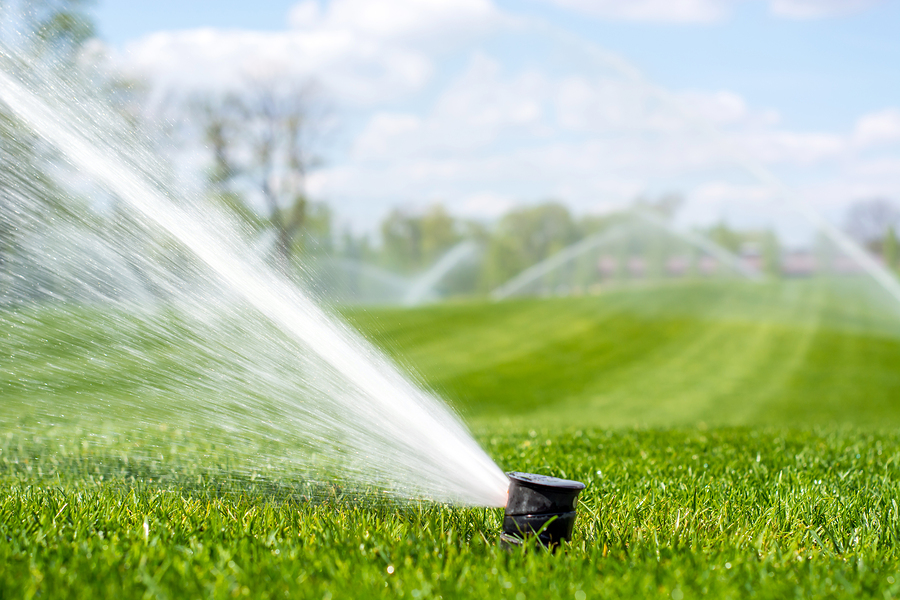
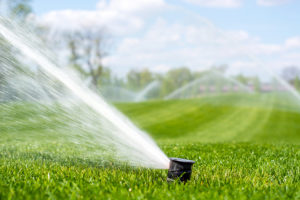 For the turfgrass on a golf course to be healthy and thrive, it needs four standard things: good soil, sunlight, nutrients, and most importantly, water. Having an irrigation system distribute the water evenly and frequently across the course helps managers keep up with that challenge. But when the irrigation sources are varied (which is common on any golf course), it can be tricky to protect the quality of the water. There are many elements that can easily get into it, and then cause costly problems when it’s regularly sprinkled across the grass. Therefore, it’s important for managers to regularly test it to stop any problems before they get started.
For the turfgrass on a golf course to be healthy and thrive, it needs four standard things: good soil, sunlight, nutrients, and most importantly, water. Having an irrigation system distribute the water evenly and frequently across the course helps managers keep up with that challenge. But when the irrigation sources are varied (which is common on any golf course), it can be tricky to protect the quality of the water. There are many elements that can easily get into it, and then cause costly problems when it’s regularly sprinkled across the grass. Therefore, it’s important for managers to regularly test it to stop any problems before they get started.